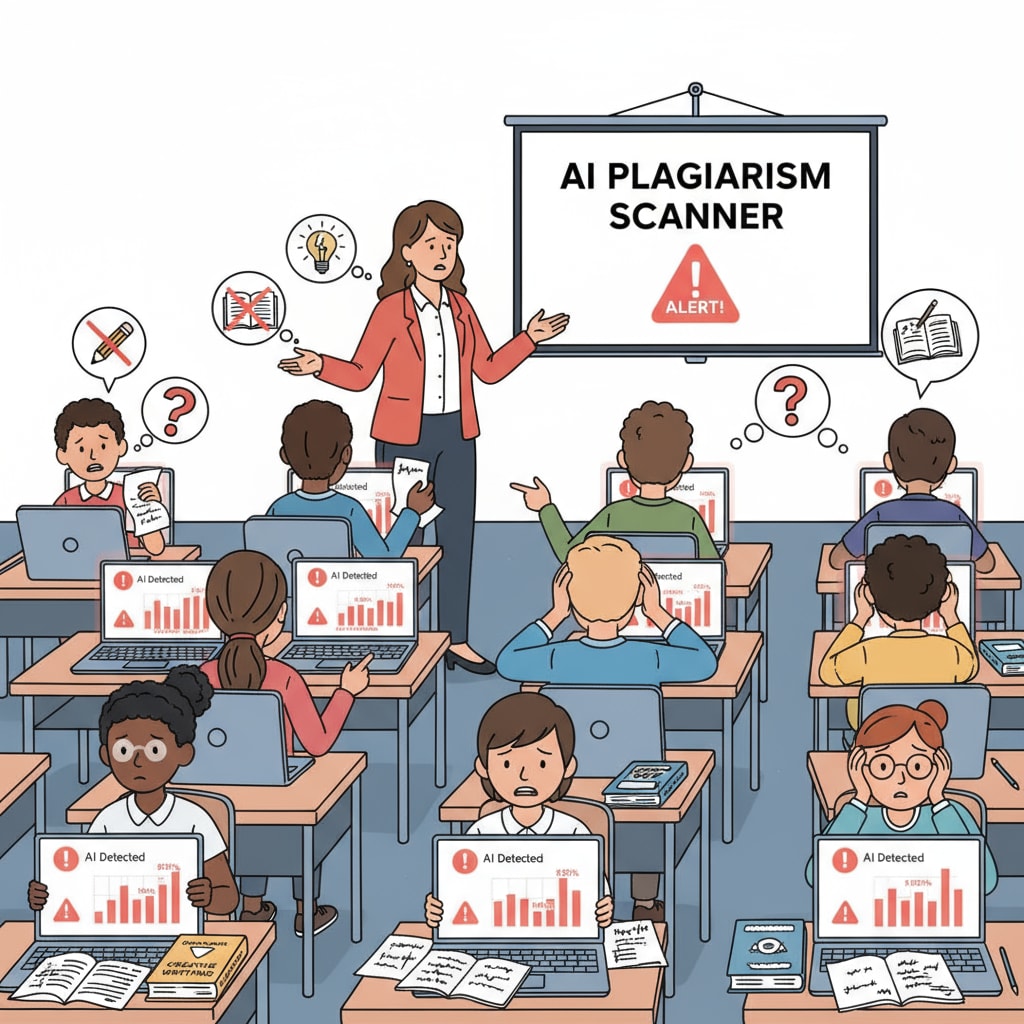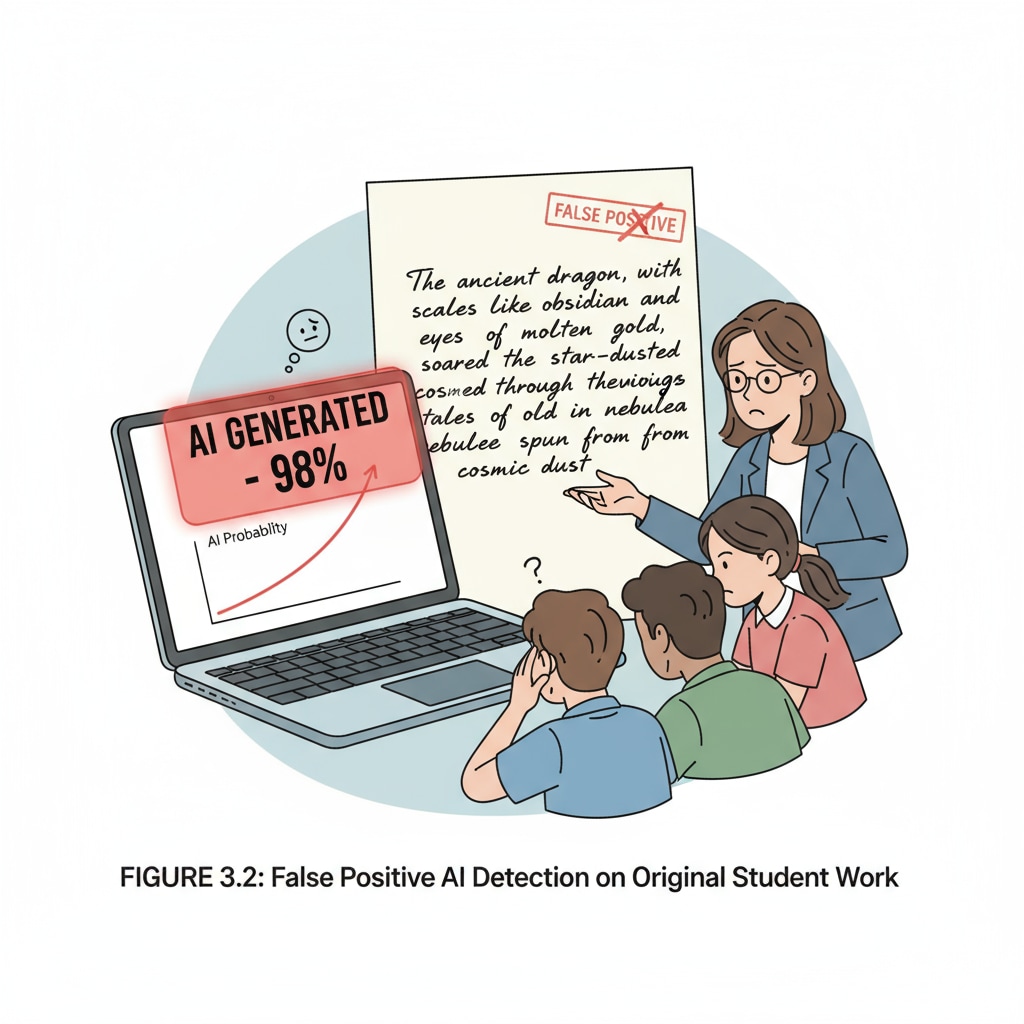In the realm of high school education, the intersection of creative writing, AI detection, and student creativity has become a topic of great concern. As AI continues to evolve, the introduction of AI detection tools in the classroom has brought about unforeseen negative consequences for students’ creative writing endeavors.

The False Accusation Dilemma
One of the most significant problems is the high rate of false positives. These AI detection tools are not infallible. They often misinterpret the unique writing styles and expressions of high school students as AI-generated content. For example, a student who has a particularly imaginative or experimental writing style might be wrongly flagged. This not only discourages the student but also undermines their confidence in their own creative abilities. According to Educational Technology.org, many students have reported feeling demoralized after being falsely accused of using AI in their creative writing assignments.

The Straitjacket on Creativity
Moreover, the presence of these detection tools is leading to a constriction of creative freedom. Students, fearing false accusations, are becoming more conservative in their writing. Instead of taking risks and exploring new ideas, they are sticking to safe, formulaic writing styles. This is a far cry from the essence of creative writing, which encourages students to express themselves freely and think outside the box. As stated by the National Education Association, creativity is a crucial aspect of a well-rounded education, and the current use of AI detection tools is threatening this aspect in high school creative writing classes.
The negative impacts of AI detection tools on high school creative writing education are clear. They are creating an atmosphere of fear and mistrust in the classroom, stifling students’ creativity, and dampening their enthusiasm for writing. It is essential that educators and policymakers find a more balanced approach to ensure that technology supports, rather than hinders, students’ creative growth in writing.
Readability guidance: The article uses short paragraphs to convey ideas clearly. Each H2 section provides a key point with supporting details. Passive voice is minimized, and transition words like “moreover” are used to connect ideas. Lists could be further incorporated in future expansions to better organize information.


